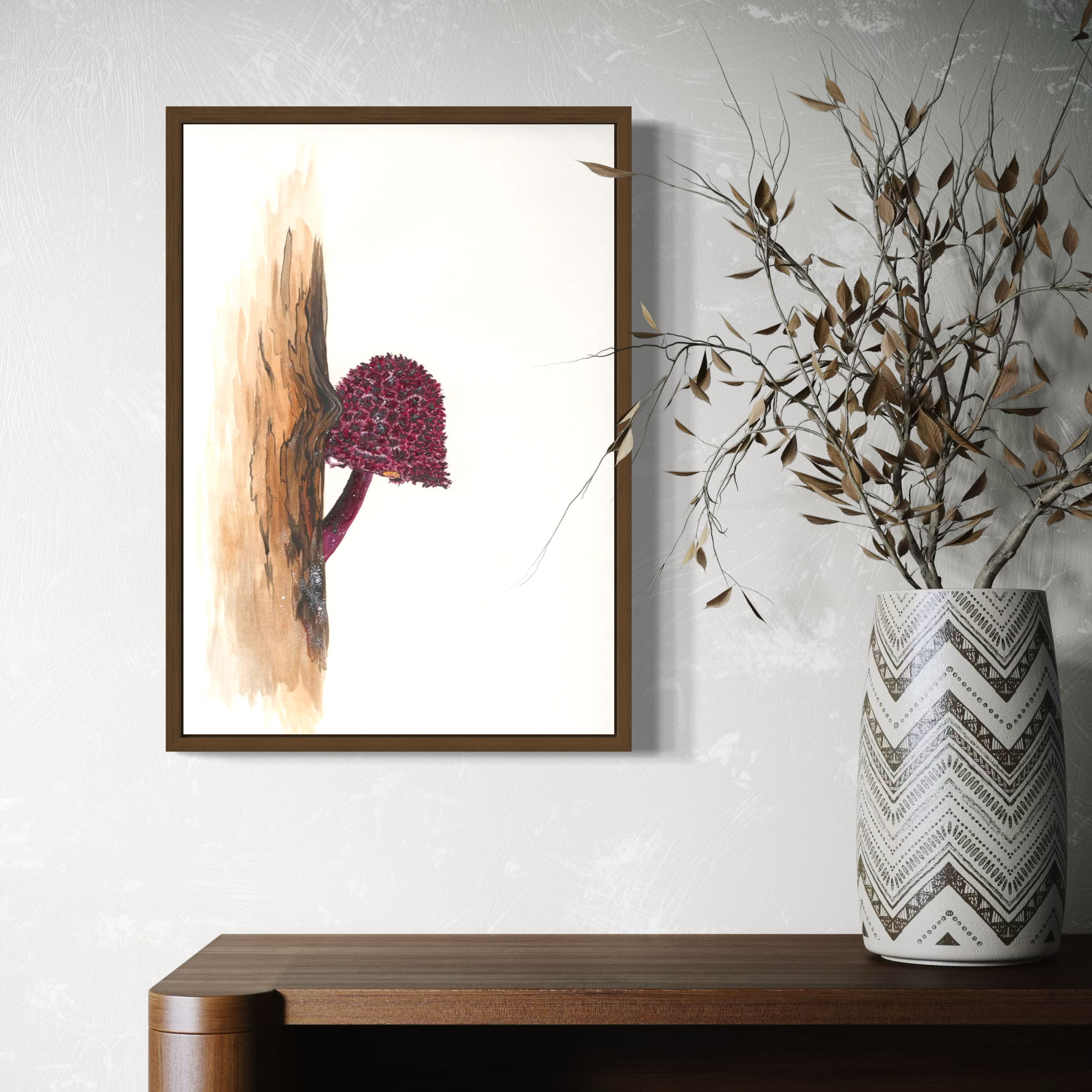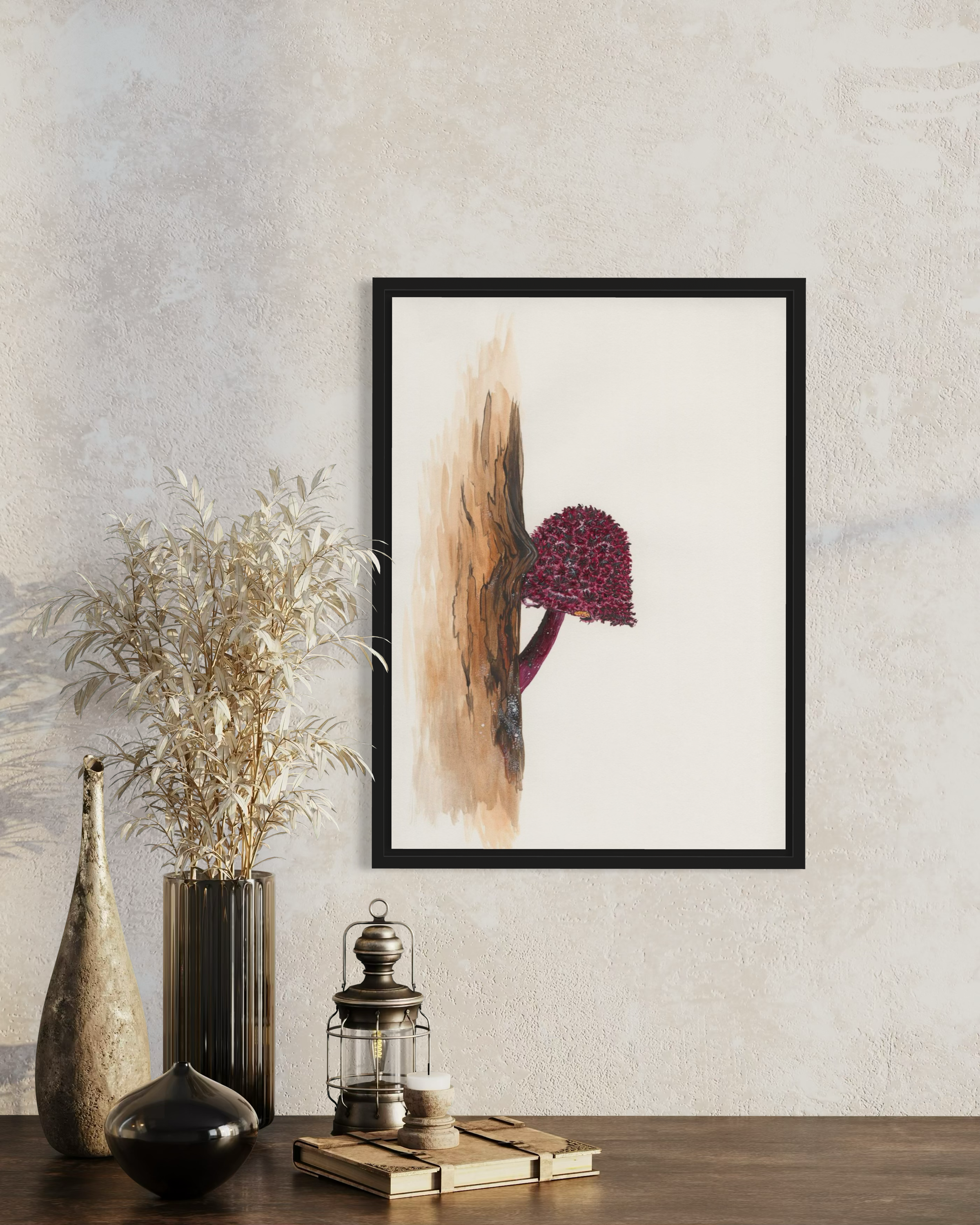🎨 Giclée Fine Art Prints vs. Poster Paper: What’s the Difference? 🎨
When investing in art, understanding the difference between Giclée fine art prints and poster paper is key to making a choice you'll love for years to come. Let’s break it down! 🖼️
1. Giclée Fine Art Prints:
✨ High Quality & Longevity: Giclée prints are made using high-resolution inkjet printing on archival-quality paper or canvas. They capture every detail of the original artwork, from the brushstrokes to the subtle colour gradients. 🌈
✨ Rich Colors & Texture: Because they use high-quality pigment-based inks, Giclée prints offer vibrant colours and depth that mimic the original artwork.
✨ Fade-Resistant: Printed on acid-free paper with UV-resistant inks, these prints can last a lifetime (often over 100 years!) without fading. They’re an investment piece that retains its beauty over time.
2. Poster Paper:
🗒️ Affordable: Posters are typically printed on thin, glossy paper, making them more affordable but also less unique.
🗒️ Limited Color Accuracy: While they can be beautiful, posters often use dye-based inks that can fade over time, especially if exposed to sunlight.
🗒️ Best for Temporary Décor: If you're looking for something quick and temporary to brighten up a space, posters are great. But they lack the texture, depth, and longevity of a Giclée print.



